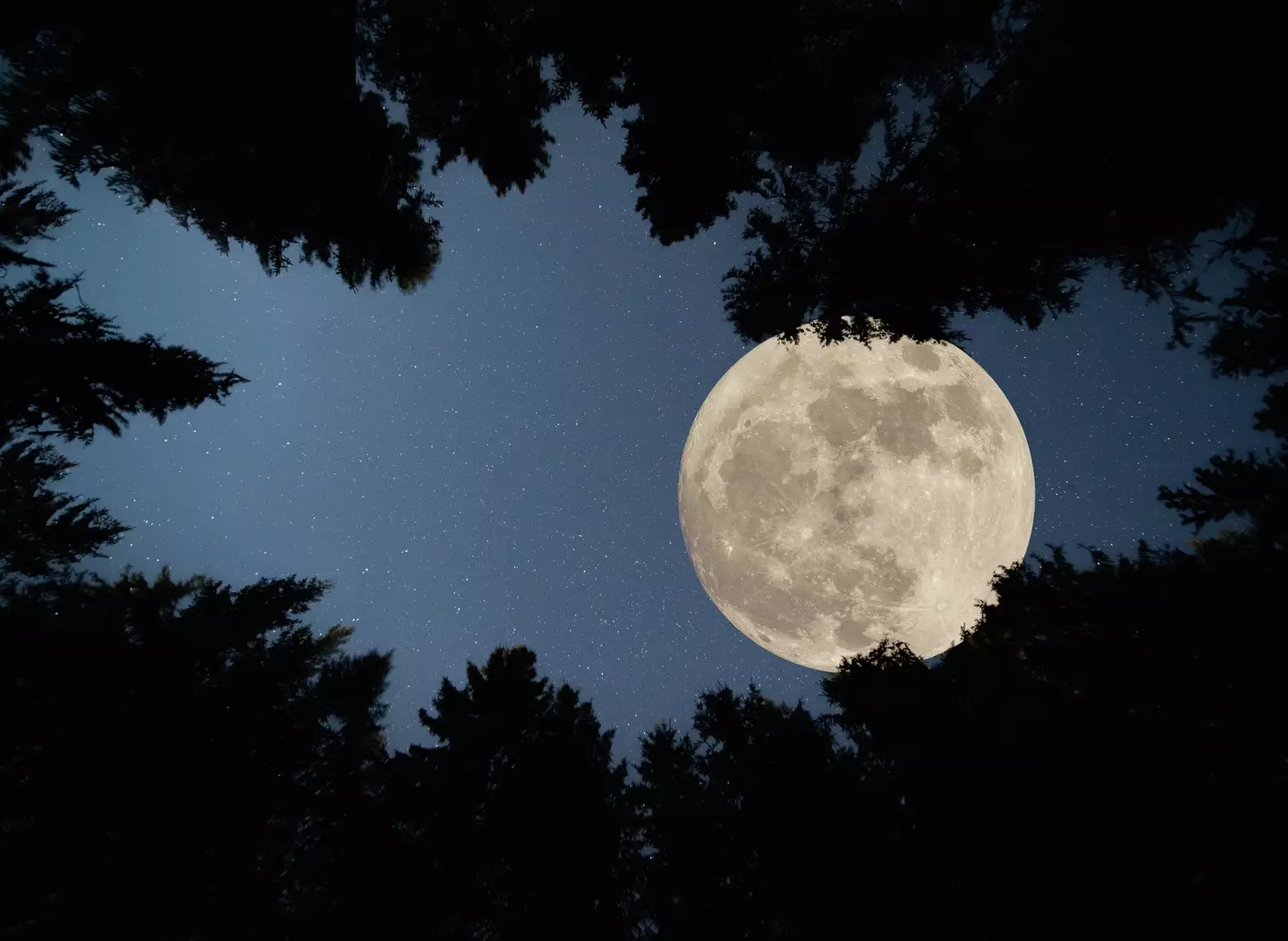The upcoming ‘Beaver Moon’ will appear larger than the regular moon
The new year is barrelling towards us at an unstoppable pace, and we’re about to reach another 2024 milestone with the very last supermoon of the year.
What is a supermoon?
Unlike the regular old wheel of cheese we see in the sky each night, the supermoon is something that only happens about three or four times a year.
It occurs when a full moon happens at the same time as the Moon’s closest approach to Earth in its elliptical orbit – a point which is known as perigee. The closer position means the full moon can appear up to 14 percent bigger and 30 percent brighter than the faintest Moon of the year, according to NASA.
Shyam Balaji, researcher in astroparticle physics and cosmology at King’s College London, has explained further: “A supermoon occurs due to the moon’s elliptical orbit around Earth. This orbit isn’t a perfect circle, so the distance between the moon and Earth varies throughout the month.
“The gravitational forces from Earth, the Sun, and other planets influence the moon’s orbit, causing these variations. This is why we occasionally get the spectacular sight of a supermoon.”
This month, the supermoon is known as the ‘Beaver Moon’, and marks the last of four consecutive supermoons that we’ve had so far this year, starting in August.
When will the supermoon be visible?
The moon becomes full when it’s on the exact opposite side of Earth to the sun, so the exact hour this happens depends on the time zone you’re in.
However, it’s set to occur on November 15, and will hit states in the Eastern Time Zone at 4:28pm. That’s 9:28pm in the UK, and early in the morning in of November 16 in Hong Kong.

The moon will appear larger than normal (Getty Stock Photo)
How can I see the supermoon?
Thankfully, you don’t need to rush out to buy the latest telescope or binoculars in order to observe the supermoon this week.
Instead, it will be bright enough to see with the naked eye, so all you need to do is remember to look up.
However, Balaji has offered advice on how to get the best view of the supermoon, explaining: “For the most impressive view, try to catch it just after sunset or just before sunrise. This is when the moon appears largest and most dramatic against the horizon.
“Make sure to find a spot with minimal light pollution for the best experience,” the researcher added.
Featured Image Credit: Soumyabrata Roy/NurPhoto via Getty Images / Mert Alper Dervis/Anadolu via Getty Images


